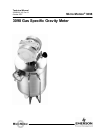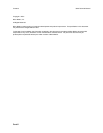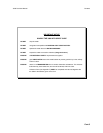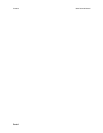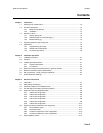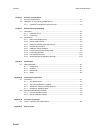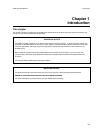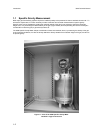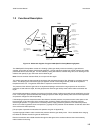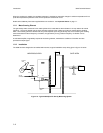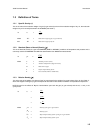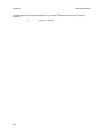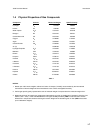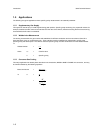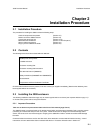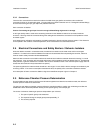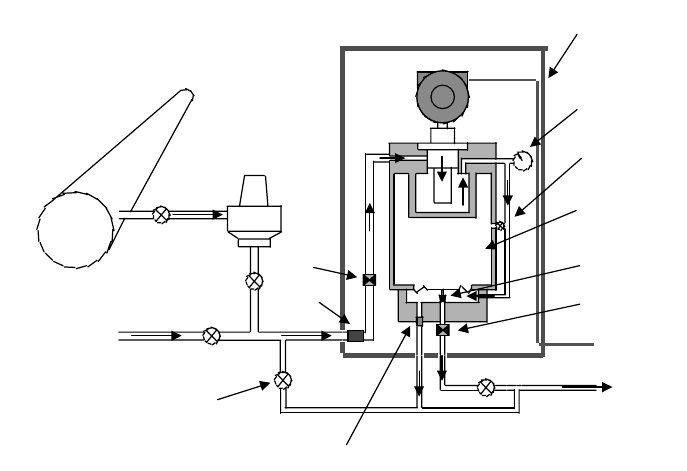
3098 Technical Manual Introduction
1-3
1.2 Functional Description
Gas
Line
ISOLATION
VALVE, D
VALVE A
VALVE B
VENT AND INPUT
FOR CALIBRATION
GASES
VALVE C
DIAPHRAGM
PRESSURE
REGULATOR
FILTER
PRESSURE
RELIEF VALVE
OUTLET
DENSITY
METER
INSULATING
COVER
REFERENCE
CHAMBER
PRESSURE
CONTROL VALVE
CONTROL
PRESSURE
INDICATOR
TO VENT
INPUT
ORIFICE
OUTPUT
ORIFICE
TO SIGNAL
CONVERTER
3098
CHAMBER FILLING
VALVE, E
VALVE F
(PURGING VALVE)
Figure 1-2: Schematic diagram of a typical 3098 Specific Gravity Measuring System
The 3098 Specific Gravity Meter consists of a vibrating cylinder gas density meter surrounded by a gas reference
chamber, which helps to achieve good thermal equilibrium. The gas reference chamber has a fixed volume that is initially
pressurised with the actual line gas. It is then sealed by closing the reference chamber filling valve, thus retaining a fixed
measure and quantity of gas, now known as the reference gas.
Note: Once the chamber has been filled, do not open this valve again.
The sample gas enters the instrument at the enclosure side and passes through a filter, followed by a pressure-reducing
orifice. The sample gas is then fed through input pipework so that it enters the gas density meter at the equilibrium
temperature of the unit. The gas then flows down to a pressure control valve chamber.
The pressure of the reference gas acts on the separator diaphragm and forces the line gas pressure to rise until the
pressures on both sides are equal, thus the gas pressures within the gas density meter and the reference chamber are
equal.
As the ambient temperature changes, the pressure of the fixed volume of reference gas will change as defined by the Gas
Laws. This change in pressure will affect the sample gas pressure within the gas density meter such that the temperature
and pressure changes are self-compensating.
If the sample gas pressure rises above that of the reference chamber pressure, the pressure control valve opens to vent
the excess gas via an outlet orifice in the enclosure side, so that the sample gas pressure is reduced to equal the
reference gas pressure. For gas to flow it is necessary that the supply pressure is greater than the reference pressure,
which in turn must be greater than the vent pressure. (Typically the line pressure must be between 15 and 25% above that
of the reference chamber pressure)
[The principles of operation that describe this operation are given in Appendix B]
A pressure gauge is fitted in order to monitor the pressure within the gas density meter. This is desirable when charging
the reference chamber and also for general maintenance.
Electrical connections to the 3098 are taken through the cable gland in the enclosure side and then into the density
meter’s electronics housing.



